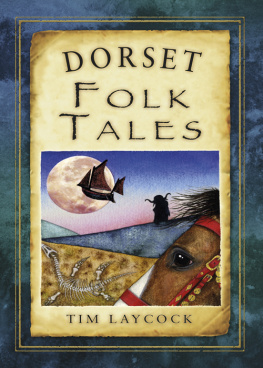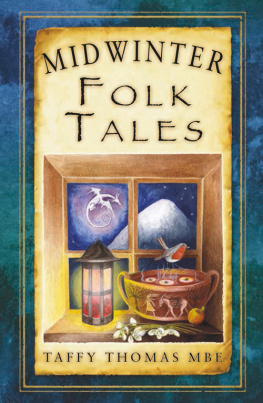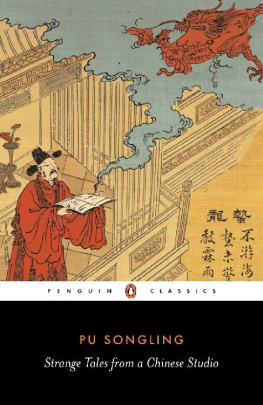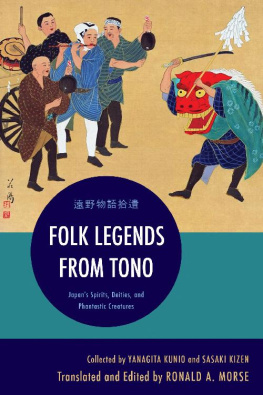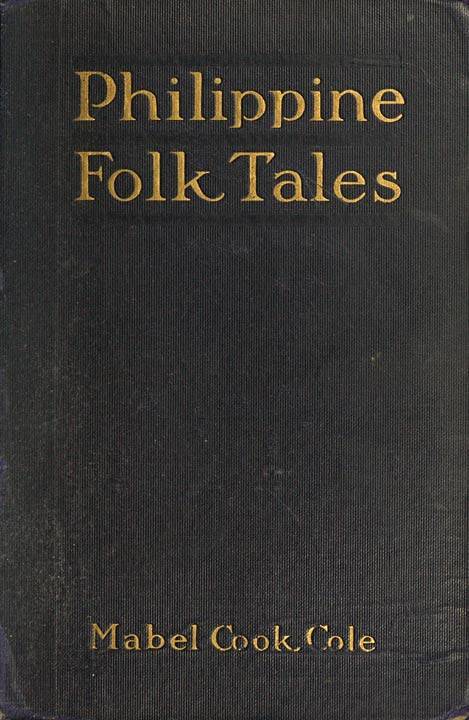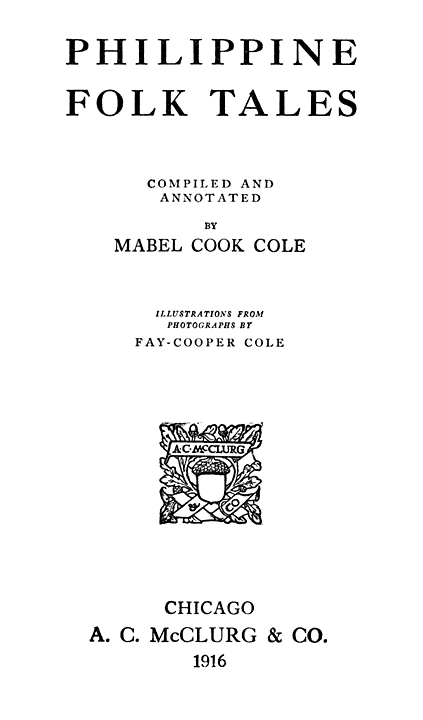A. C. McClurg & Co.
W.F. Hall Minting Company, Chicago
Preface
From time to time since the American occupation of the Islands, Philippine folk-tales have appeared in scientific publications, but never, so far as the writer is aware, has there been an attempt to offer to the general public a comprehensive popular collection of this material. It is my earnest hope that this collection of tales will give those who are interested opportunity to learn something of the magic, superstitions, and weird customs of the Filipinos, and to feel the charm of their wonder-world as it is pictured by these dark-skinned inhabitants of our Island possessions.
In company with my husband, who was engaged in ethnological work for the Field Museum of Natural History, it was my good fortune to spend four years among the wild tribes of the Philippines, During this time we frequently heard these stories, either related by the people in their homes and around the camp fires or chanted by the pagan priests in communion with the spirits. The tales are now published in this little volume, with the addition of a few folk-legends that have appeared in the Journal of American Folk-Lore and in scientific publications, here retold with some additions made by native story-tellers.
I have endeavored to select typical tales from tribes widely separated and varying in culture from savagery to a rather high degree of development. The stories are therefore divided into five groups, as follows: Tinguian, Igorot, the Wild Tribes of Mindanao, Moro, and Christian,
The first two groups, Tinguian and Igorot, are from natives who inhabit the rugged mountain region of northwestern Luzon. From time immemorial they have been zealous head-hunters, and the stories teem with references to customs and superstitions connected with their savage practices. By far the largest number belong to the Tinguian group. In order to appreciate these tales to the fullest extent, we must understand the point of view of the Tinguian. To him they embody all the known traditions of the first timesof the people who inhabited the earth before the present race appeared, of the ancient heroes and their powers and achievements. In them he finds an explanation of and reason for many of his present laws and customs.
A careful study of the whole body of Tinguian mythology points to the conclusion that the chief characters of these tales are not celestial beings but typical, generalized heroes of former ages, whose deeds have been magnified in the telling by many generations of their descendants. These people of the first times practiced magic. They talked with jars, created human beings out of betel-nuts, raised the dead, and had the power of changing themselves into other forms. This, however, does not seem strange or impossible to the Tinguian of today, for even now they talk with jars, perform certain rites to bring sickness and death to their foes, and are warned by omens received through the medium of birds, thunder and lightning, or the condition of the liver of a slaughtered animal. They still converse freely with certain spirits who during religious ceremonies are believed to use the bodies of men or women as mediums for the purpose of advising and instructing the people.
Several of the characters appear in story after story. Sometimes they go under different names, but in the minds of the story-tellers their personality and relationships are definitely established. Thus Ini-init of the first tale becomes Kadayadawan in the second, Aponitolau in the third, fourth, fifth, and sixth, and Ligi in the seventh. Kanag, the son of Aponitolau and Aponibolinayen, in the fifth tale is called Dumalawi.
These heroes had most unusual relations with the heavenly bodies, all of which seem to have been regarded as animate beings. In the fourth tale Aponitolau marries Gaygayoma, the star maiden who is the daughter of the big star and the moon. In the first story the same character under the name of Ini-init seems to be a sun-god: we are told that he is the sun, and again a round stone which rolls. Thereupon we might conclude that he is a true solar being; yet in the other tales of this collection and in many more known to the Tinguian he reveals no celestial qualities. Even in the first story he abandons his place in the sky and goes to live on earth.
In the first eight stories we read of many customs of the first times which differ radically from those of the present. But a careful analysis of all the known lore of this people points to the belief that many of these accounts depict a period when similar customs did exist among the people, or else were practiced by emigrants who generations ago became amalgamated with the Tinguian and whose strange customs finally became attributed to the people of the tales. The stories numbered nine to sixteen are of a somewhat different type, and in them the Tinguian finds an explanation of many things, such as, how the people learned to plant, and to cure diseases, where they secured the valuable jars and beads, and why the moon has spots on its face. All these stories are fully believed, the beads and jars are considered precious, and the places mentioned are definitely known. While the accounts seem to be of fairly recent origin they conflict neither with the fundamental ideas and traditions of the first times nor with the beliefs of today.
Stories seventeen to twenty-three are regarded as fables and are told to amuse the children or to while away the midday hours when the people seek shaded spots to lounge or stop on the trail to rest. Most of them are known to the Christianized tribes throughout the Islands and show great similarity to the tales found in the islands to the south and, in some cases, in Europe. In many of them the chief incidents are identical with those found elsewhere, but the story-tellers, by introducing old customs and beliefs, have moulded and colored them until they reflect the common ideas of the Tinguian.
The third group includes stories from several wild tribes who dwell in the large island of Mindanao. Here are people who work in brass and steel, build good dwellings, and wear hemp clothing elaborately decorated with beads, shell disks, and embroidery, but who still practice many savage customs, including slavery and human sacrifice.
The fourth division gives two tales from the Moro (hardy Malayan warriors whose ancestors early became converts to the faith of Mohammed). Their teachers were the Arabian traders who, about 1400, succeeded in converting many of the Malay Islanders to the faith of the prophet.


